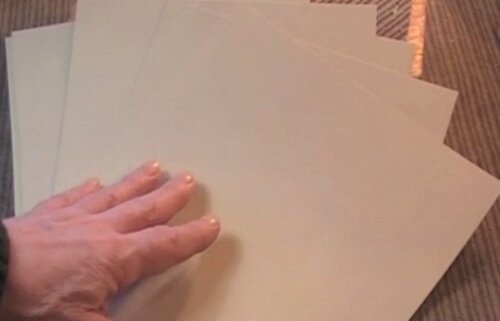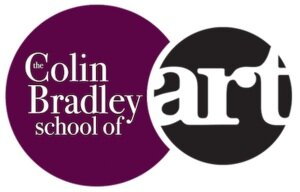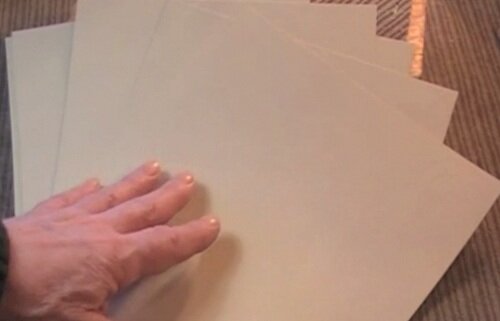How to generate good base colours
Teresa has asked a good question regarding the application of base colours so I thought it would make a good blog to explain the techniques I use. Teresa writes:
"Can you tell me how you get such good coverage from your pencils especially the white? Mine are worn down in no time and I can't seem to blend them as well as you."
 I always use the 160gsm sand coloured pastel paper for my work and as you know this has a tooth running across or down the surface of the paper. If I am laying a base colour of 101 white for a sky/background this needs to be applied generously and does create a lot of white dust. It is wise to rub this dust into the pastel paper rather than blowing it away as this does help to fill in the exposed tooth. Once this is rubbed into the surface with either your finger or a coloured shaper this should leave a satisfactory base for further colours to be applied. If there is still pastel paper showing trough then a second coat of white can be applied using the same procedure.101 white is far and away our most popular pencil as it is used in nearly every picture, however once the white has been applied the subsequent colours laid on top of the white the usage of those colours would be minimal.The tooth of the sand coloured pastel paper I use does tend to wear down the colours more than perhaps some smoother pastel papers but really this should not be considered a disadvantage as the Ingres paper produced such outstanding results.I was asked many times during my days of demonstrating at shows etc. how much pastel I though I had used during the construction of the picture I was painting at the time. I did once work this out believe it or not the average painting worked out less than 3⁄4 of 1 whole pastel pencil, in today’s money that would be about £1.20.
I always use the 160gsm sand coloured pastel paper for my work and as you know this has a tooth running across or down the surface of the paper. If I am laying a base colour of 101 white for a sky/background this needs to be applied generously and does create a lot of white dust. It is wise to rub this dust into the pastel paper rather than blowing it away as this does help to fill in the exposed tooth. Once this is rubbed into the surface with either your finger or a coloured shaper this should leave a satisfactory base for further colours to be applied. If there is still pastel paper showing trough then a second coat of white can be applied using the same procedure.101 white is far and away our most popular pencil as it is used in nearly every picture, however once the white has been applied the subsequent colours laid on top of the white the usage of those colours would be minimal.The tooth of the sand coloured pastel paper I use does tend to wear down the colours more than perhaps some smoother pastel papers but really this should not be considered a disadvantage as the Ingres paper produced such outstanding results.I was asked many times during my days of demonstrating at shows etc. how much pastel I though I had used during the construction of the picture I was painting at the time. I did once work this out believe it or not the average painting worked out less than 3⁄4 of 1 whole pastel pencil, in today’s money that would be about £1.20.


